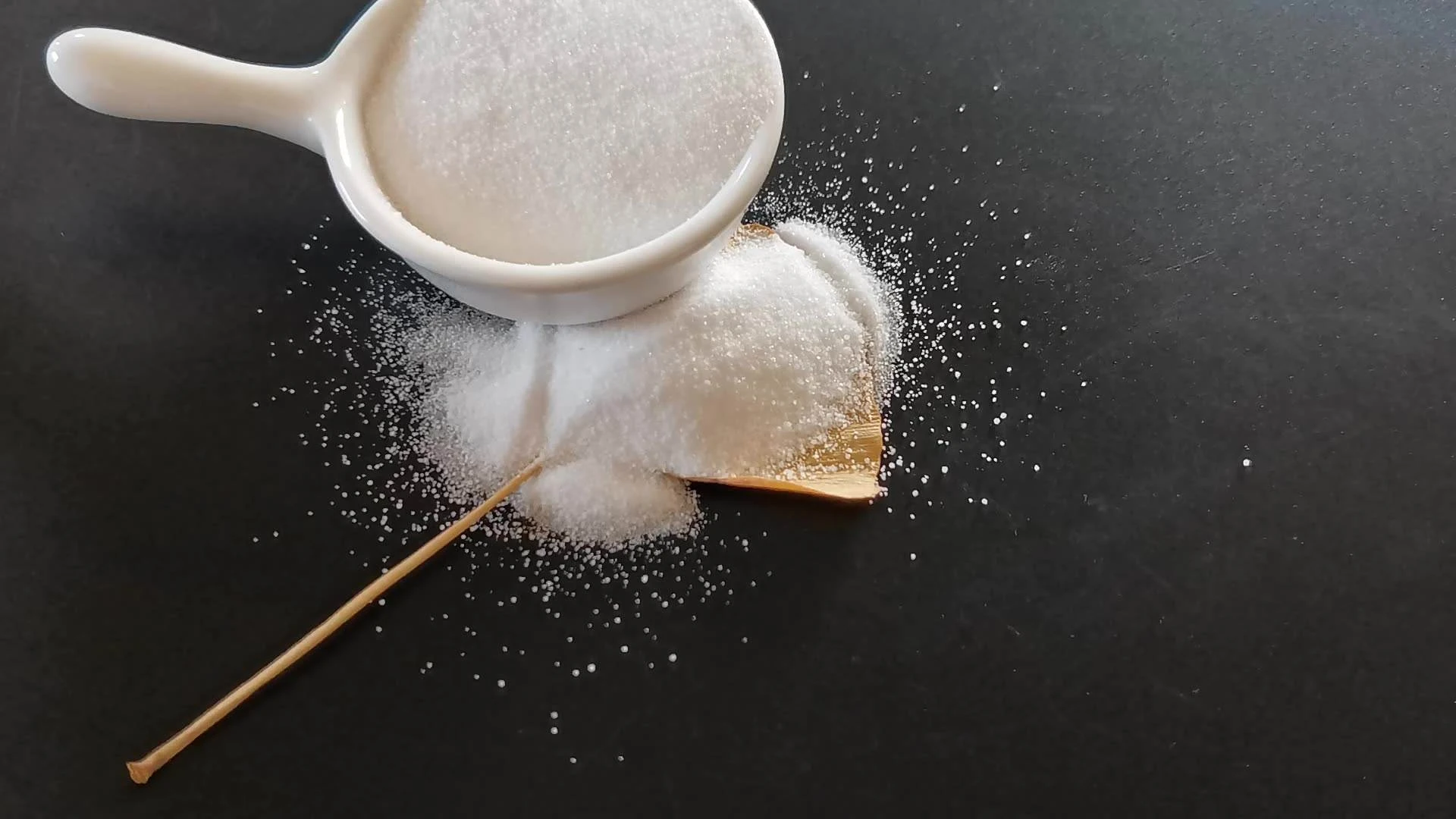



Polyacrylamide's Role in Modern Biochemical Applications and Research Advancements
Understanding Polyacrylamide and Its Applications
Polyacrylamide (PAM) is a synthetic polymer derived from acrylamide monomers and has gained significant attention in various industries due to its unique properties and versatility. It is primarily known for its ability to improve the efficiency of different processes, making it an essential compound in fields such as agriculture, wastewater treatment, and biochemistry.
Structure and Properties
Polyacrylamide is a linear polymer, composed of repeating units of acrylamide. It can exist in various forms, such as neutral, anionic, or cationic, depending on the presence of functional groups. The degree of polymerization and the molecular weight of PAM can dramatically affect its properties and performance in applications. Typically, PAM is a white, odorless powder that is soluble in water, forming a viscous solution. Its ability to form hydrogels is crucial for its use in numerous applications, as these gels can retain large amounts of water.
Applications in Agriculture
One of the most notable uses of polyacrylamide is in agriculture, specifically in soil management and enhanced irrigation techniques. PAM is often employed as a soil conditioner, improving water retention in drought-prone areas. By increasing soil aggregation and reducing erosion, polyacrylamide helps to enhance soil structure and fertility. This leads to better crop yields and more sustainable agricultural practices.
In addition, PAM is utilized in irrigation systems to improve water efficiency. It helps to reduce runoff and promote deeper water infiltration, allowing plants to access moisture more effectively. The application of polyacrylamide in irrigation can result in substantial water savings, which is crucial in regions facing water scarcity.
Wastewater Treatment
The use of polyacrylamide in wastewater treatment has revolutionized the industry. Due to its flocculating properties, PAM is frequently employed to coagulate suspended particles in water, facilitating their removal. This process is essential for treating municipal and industrial wastewater, ensuring that harmful contaminants are effectively eliminated before the water is discharged or reused.
polyacrylamide is a

PAM can also enhance the clarity of treated water, making it suitable for various applications, including agricultural irrigation and recreational use. Moreover, its biocompatibility makes it an appealing choice for use in treating high-strength industrial effluents and sludge dewatering processes, paving the way for more environmentally friendly practices.
Biochemistry and Molecular Biology
In the fields of biochemistry and molecular biology, polyacrylamide gels are utilized in techniques such as gel electrophoresis. This method is crucial for separating and analyzing proteins and nucleic acids based on their size and charge. The high resolving power of polyacrylamide gels allows for the detailed examination of biomolecules, contributing to significant advancements in research and diagnostics.
Polyacrylamide is also implicated in various drug delivery systems due to its ability to form hydrogels that can encapsulate and release therapeutic agents in a controlled manner. This property enhances the efficacy of drugs while minimizing side effects, representing a promising area of pharmaceutical development.
Environmental Considerations
While polyacrylamide offers numerous benefits, it is essential to consider its environmental impact. The production of acrylamide, the monomer used to create PAM, raises concerns due to its potential toxicity and carcinogenic properties. Therefore, it is crucial to handle polyacrylamide with care, ensuring proper safety protocols are followed during its application and disposal.
Furthermore, ongoing research is directed towards developing biodegradable alternatives to synthetic polyacrylamide, as well as optimizing current formulations to minimize environmental risks. This shift is essential for promoting sustainability and reducing the ecological footprint associated with synthetic polymers.
Conclusion
Polyacrylamide is a remarkable compound with diverse applications across various fields. Its role in agriculture, wastewater treatment, and molecular biology underscores its versatility and importance. As research continues to advance, understanding its properties and refining its use will be vital in addressing environmental concerns and enhancing sustainable practices. With careful management and innovative approaches, polyacrylamide can significantly contribute to improving efficiency and sustainability in numerous industries.
-
Why Sodium Persulfate Is Everywhere NowNewsJul.07,2025
-
Why Polyacrylamide Is in High DemandNewsJul.07,2025
-
Understanding Paint Chemicals and Their ApplicationsNewsJul.07,2025
-
Smart Use Of Mining ChemicalsNewsJul.07,2025
-
Practical Uses of Potassium MonopersulfateNewsJul.07,2025
-
Agrochemicals In Real FarmingNewsJul.07,2025
-
Sodium Chlorite Hot UsesNewsJul.01,2025










